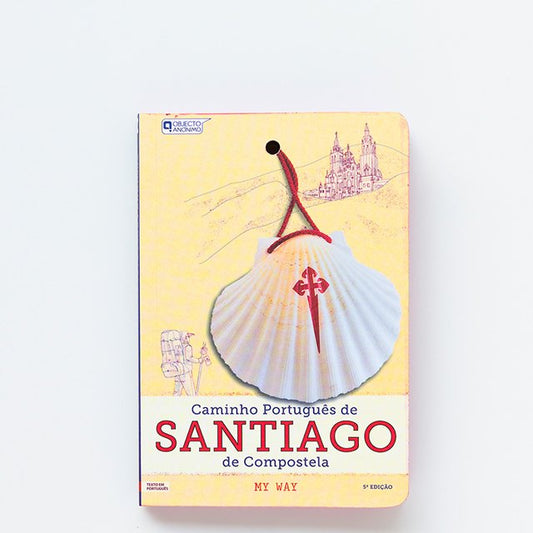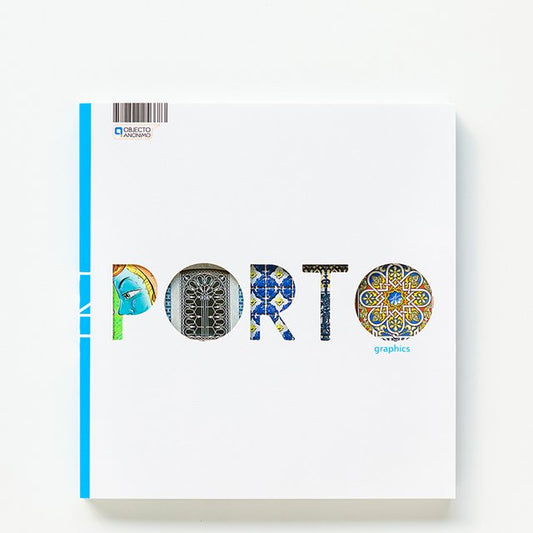The Story of Portugal's Most Iconic Tile: The Azulejo
The Story of Portugal's Most Iconic Tile: The Azulejo
The story of the Azulejo in Portugal is a unique one. Part of Portugal's cultural heritage, the Azulejo is one of the most iconic pieces of the country's history. According to historian Duarte Galvão (founder of the Galvão Institute in the early 1990s), the Azulejo became the most visible aspect of Portuguese culture between the late 16th and early 17th century. By the end of that century, it was integral to the life of the Portuguese, who integrated it into the architecture of their homes, churches, palaces, government buildings, civic buildings, hotels, and docks, among other public places.
A short history of the Azulejo
Azulejos, which can be used for wall-reliefs or as tiles for floors, are produced in many shapes, sizes and colours. Some date back to the Moors (more of which in a moment), while others are more recent. But one thing is common: they are a traditional craft passed down by generations and an art form handed down from one generation to the next.
The role of the Azulejo in Portuguese culture
In the early stages of the Portuguese Empire, those who ruled most of the territory inhabited by the Portuguese on the African continent in South West Africa (modern Namibia) often used Azulejos to decorate palaces and religious buildings. They also adorned religious altars and decorated walls to welcome pilgrims. Even after independence, the Azulejo from this early period (the 16th and 17th centuries) were still being used to adorn walls in religious buildings and palaces, as well as on sale items. They were also adopted to decorate public buildings. In the 18th and 19th centuries, Azulejos slowly started to be used for decorative purposes. They started to be used in homes, where they were set on the tops of tables and dressers.

Prior to Portuguese independence in 1910, the Azulejos served as a form of currency for the country and its people. They were often used for decorating homes and depicted religious or mythological scenes or scenes of everyday life. It wasn't until after Portugal won its independence from Spain that they became popular. The Portuguese government, with the help of art conservators, preserved and returned the entire country to its original colors.
According to Professor Roberto Foa, from the Department of History of Art at London’s King's College, the expansion of the Azulejo was due to a surge in international trade (particularly with the Dutch), the enormous influx of foreigners into Portugal, and the rise of the government.

Some of the most famous Azulejos in Portugal
Originally these structures would be adorned on top of facades or in churches. Today there is a variety of Azulejos available, but some of the most notable and original examples of this style are found are:
Museu do Azulejo - Rua da Madre de Deus 4
Palacio Fronteira - Largo de São Domingos de Benfica 1
http://www.fronteira-alorna.pt
Convento dos Cardaes - Rua do Século 123
http://www.conventodoscardaes.com
Vida Portuguesa (Viúva Lamego) - Largo do Intendente Pina Manique 23
http://www.avidaportuguesa.com
Casa do Ferreira das Tabuletas - Largo Rafael Bordallo Pinheiro
If you want to become acquainted with the cultural heritage of Portugal you have two options: choose the purely historical tours and the discovery routes. If you're a visual person and you're not afraid of crowds, then you could also look at Lisbon's living heritage and the designs inspired by ancient gothic buildings that are present throughout the country.
Discover a range of books celebrating the history and visual narrative of the Azulejo:
Published by Objecto Anonimo are a series of books about the Azulejo including:




